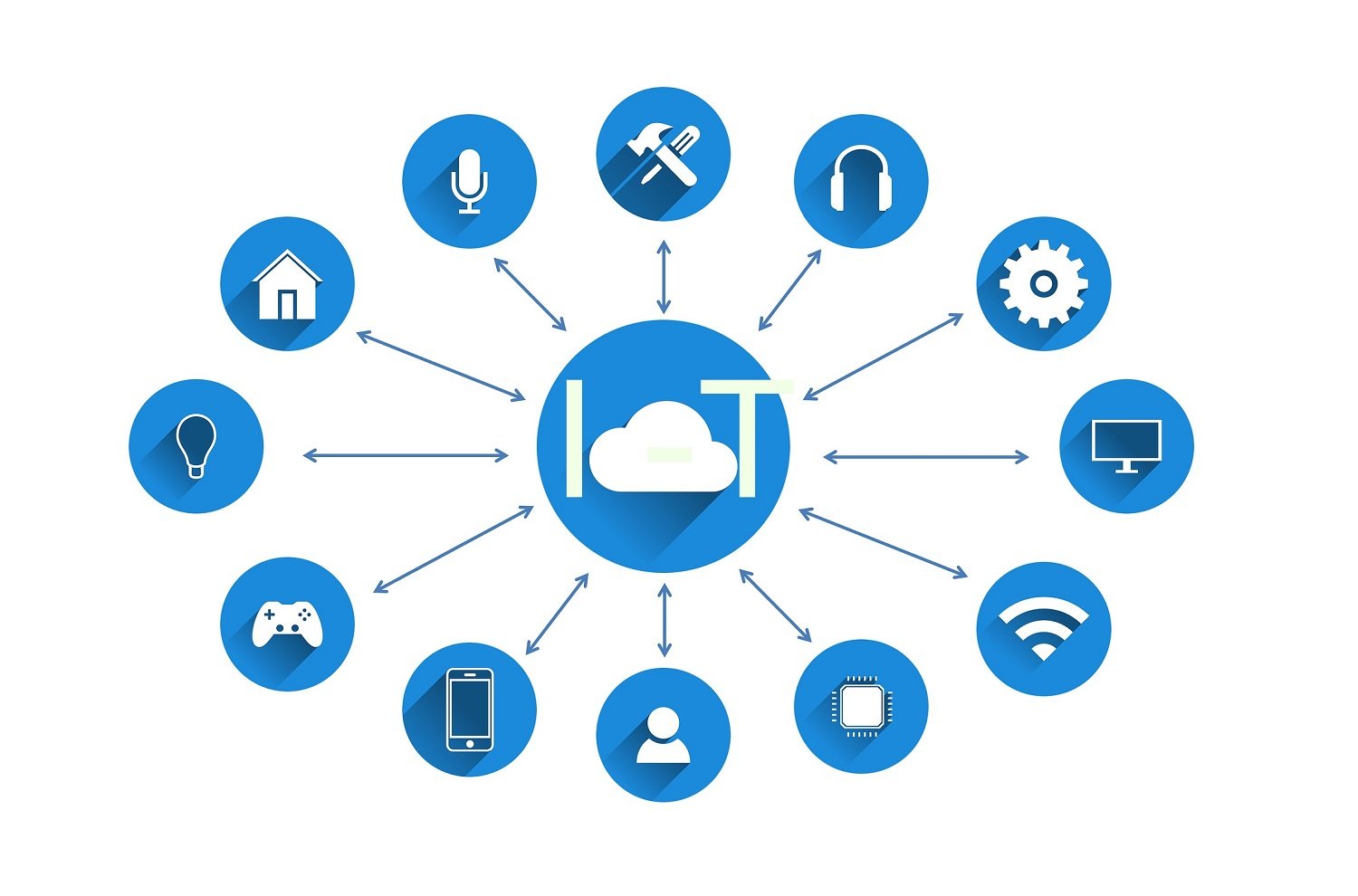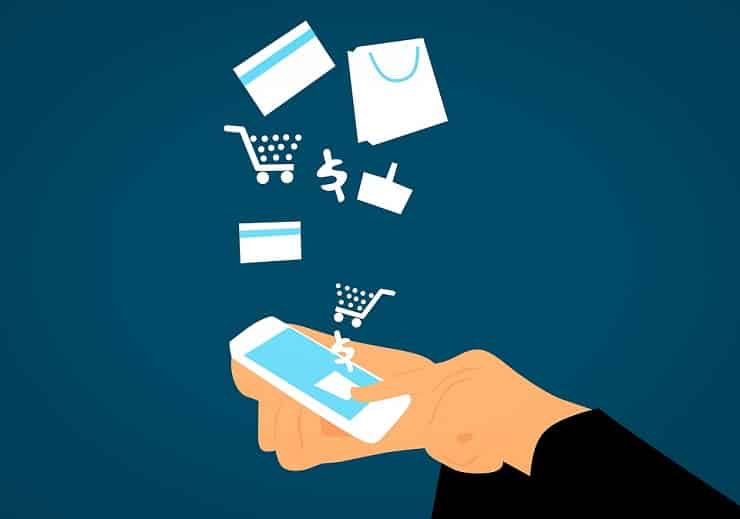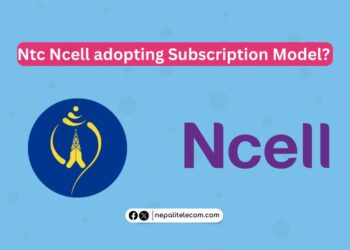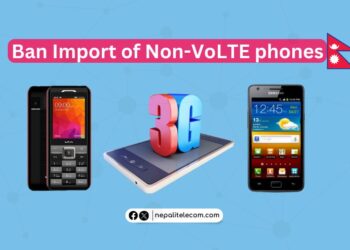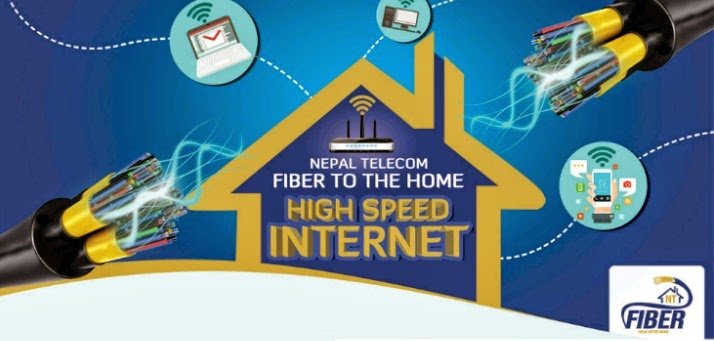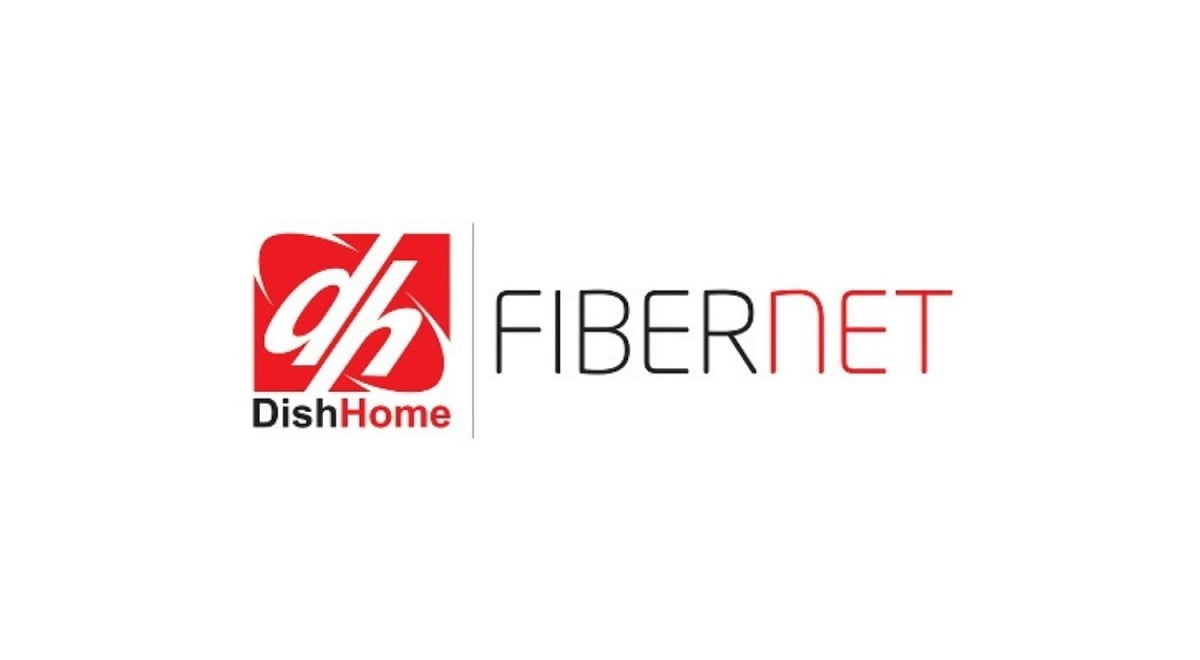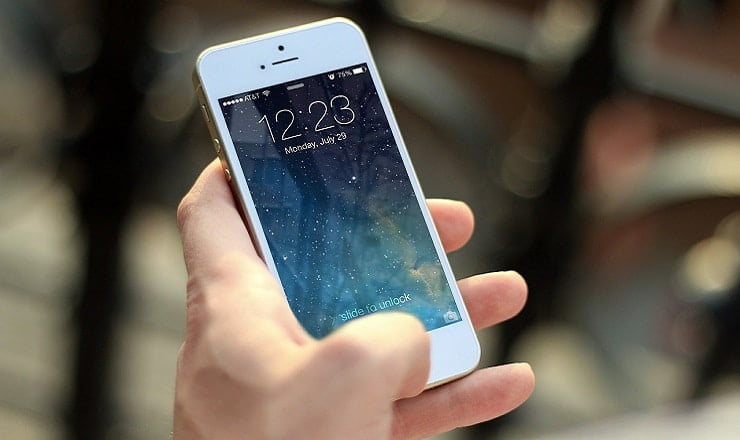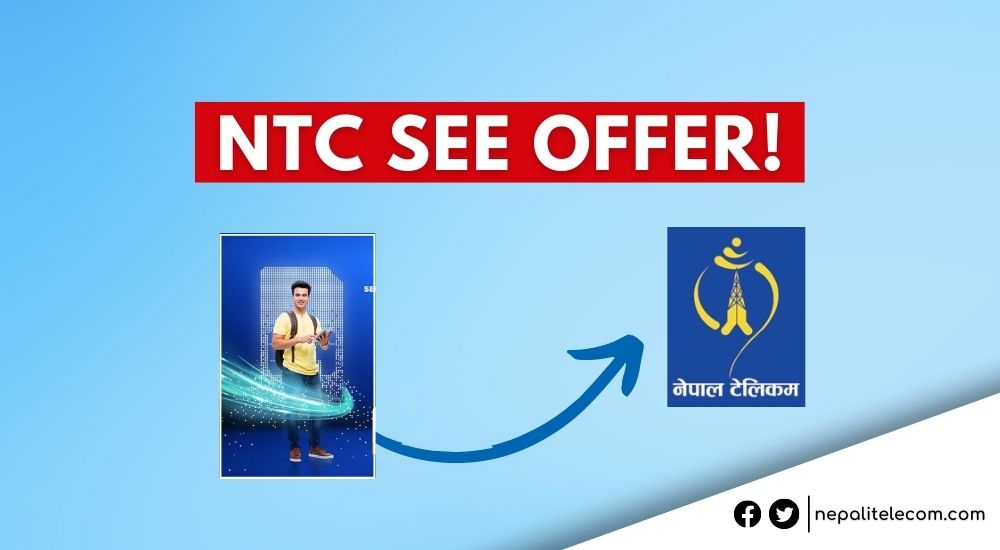The usage of IoT (Internet of Things) or connected devices is on the rise these days here in Nepal. With internet connectivity being used beyond computers and smartphones, these smart physical devices collect some data using sensors and send them to some server or other machines for further analysis or decision. Let’s find out more about the technology, spectrum, and use cases of IoT here in Nepal.
The network of such sensors or connected devices is generically called as Internet of Things (IoT) aka Internet of Everything (IoE). In such a network, there is no intervention from humans, as one machine talks to other machines on its own. So, they are also called M2M devices. Such IoT devices range from a tiny pill to as large as an airplane or a building itself. Whereas for Nepal, the IoT use cases are still limited which you can find below.
Table of contents
READ: Nepal Telecom VoLTE launched, how to activate >>
These devices consume very little data transfer as per the requirement of the sensor data. Based on the necessity, they keep on sending small data to the other machine at regular intervals which helps to make decisions automatically or make some reports.
“As per Intel, there will be 200 billion devices connected to the internet in the year 2020. According to them, this makes around 26 devices per human.”
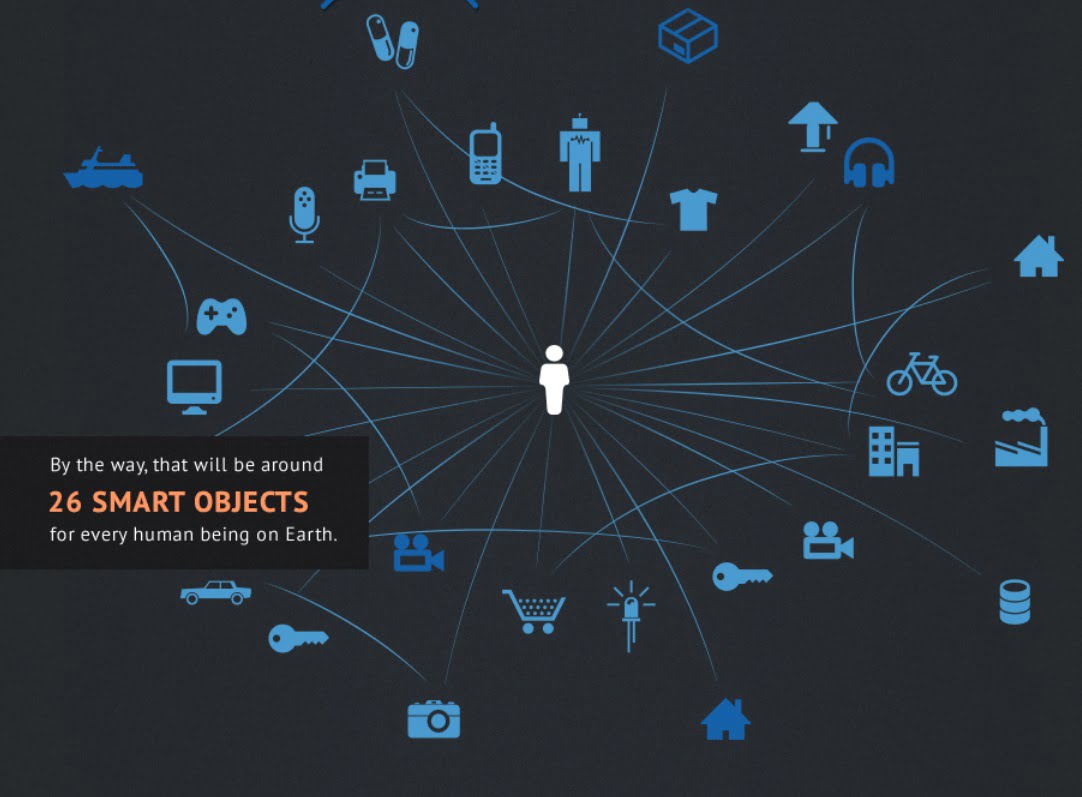
IoT technologies in Nepal
It is not too long ago that IoT devices are introduced in Nepal. Some of the use cases used traditional communication technologies, though they are termed IoT here in Nepal.
Globally there are many IoT technologies available to use, like LoRA, Zigbee, SigFox, zWave, NBIoT, LTE-M, and more. Some even use WiFi and Bluetooth for the very near IoT connection. But for Nepal, none of the specified IoT technologies are used other than the most used cellular technologies (2G, 3G, 4G). So, the regular mobile data connectivity from 2G, 3G, and 4G is being used for IoT, M2M.
With the 5G network, IoT services become more efficient as single base stations will be able to cater to millions of devices in a certain location, which is quite impossible with other technologies.
IoT spectrum in Nepal
NTA with the latest amendment to spectrum policy 2077 is allocating some IoT spectrum for technologies like Lora, and Sigfox. The amendment is basically for 5G spectrum allocations and testing. As there is a huge demand for non-cellular IoT services, NTA is going to set aside airwaves for the Low-power Wide Area Network (LP-WAN) IoT network. The advantages of such noncellular IoT networks are low power requirement, low cost, long device life, easy deployment, large coverage, etc.
The non-cellular IoT could be on both licensed and unlicensed spectrum. Whereas the regulator could be planning for the un-licensed spectrum in a sub-GHz spectrum like 450 MHz, or 900 MHz bands.
How does IoT work?
An IoT system consists of smart sensors, connectivity, processing servers, and decisions or interfaces with people. The sensors collect the data from the surrounding environment and send it to a centralized server or cloud through wireless technologies. The server then processes the data to get useful information and takes some decisions or alerts/displays it to the people.
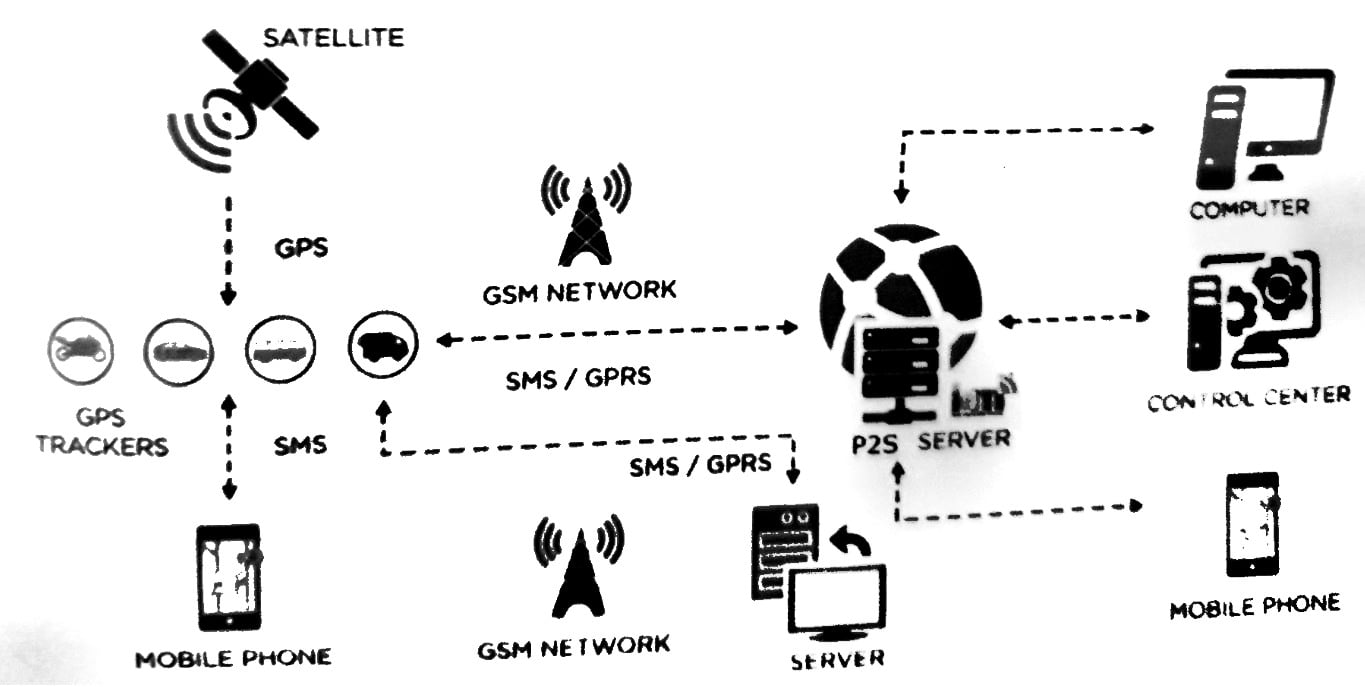
Some of the sensors that are used with IoT are accelerometers, gyroscopes, Infrared, temperature sensors, GPS, etc. Leveling up the IoT use cases shall also help the government to implement Smart city concepts.
In the case of vehicle tracking, the GPS information of the vehicle is sent to a server through cellular data and then presented on the map to the users. With this information, they can monitor the vehicle in real-time to know if it is rightly used and more details.
Such huge data collection can easily track and trace individuals along with their activities. The concern for privacy and security also comes along with the use of IoT devices. So, it is advised to use world-class technology and devices to prevent the eavesdropping of private data.
Application of IoT in Nepal
Let me recall a few years back when I could find only IoT use cases for Community-based Siren. The sensor was based on 2G data where the siren will automatically alarm us and Police/security if there is a burglar in the area. Then came the smart home solution that connects appliances like fridges, washing machines, rice cookers, etc through Home WiFi and can be monitored/controlled from anywhere.
Now, as the cellular data network has expanded, such connectivity for sensor networks and usage have also surged. Let’s point out some of the use cases here in Nepal.
Smart utility meters (electricity, water)
One of the early adoptions of IoT in Nepal is with Smart electricity meters. Such meters regularly send the consumption units to the server on a regular basis which can also be monitored through the website or mobile apps (coming soon).
Nepal Electricity Authority started implementing ToD (Time of day) meter for 3-phase connections in Kathmandu in 2018. Now it is known that around 10 thousand such meters are installed throughout the country. The use of such a smart meter will reduce the cost of manual meter readings, save electricity loss, and provide proper control over peak power management. Now, they have planned for the installation of such meters in every household. Similarly, the same concept can be applied to the Water supply meter as well, which is also in the plan.
Vehicle tracking and monitoring
Another mostly used IoT application is vehicle tracking also called GPS tracking, where you can view the real-time location of your locations. The GPS location of the vehicle is sent regularly to the centralized server which is then put into a map. The same application can also be used for navigation for the driver.
Based on this, there are several applications built over it like public transport tracking and finding a bus, taxi, and even flight. Some organizations like corporate houses or even bus service providers use this system to track and monitor those vehicles.
Early warning system for disaster
Using sensors in several places, the risk of some disasters like earthquakes, floods, and landslides is acquired. Then the system alerts the people at risk to save lives and property.
After the identification of possible risks, DHM has collaborated with both Ntc and Ncell to send warning SMS to the people at risk.
Lakes Tsho-Rolpa and Imja which are at the risk of outbursts had been equipped with such early warning systems. If found risky, the system disseminates information to the people to reduce the loss of life and others.
Weather monitoring system
The weather stations or meteorological stations located in hundreds of places collect weather information from such places. Apart from providing real-time weather information, this also helps to forecast the weather for the coming days in no time.
Digital payment using point-of-sales terminals.
As digital payments are on the rise in Nepal, service providers are providing this handy point of sales terminals that use cellular connectivity to communicate with their servers for payment. Currently, 2G data is being used for such a purpose, but in the future, 4G connectivity shall prevail with a more prompt response and advanced features.
Apart from those mentioned above, there are a bunch of other IoT solutions to launch in Nepal:
- Centralized CCTV video monitoring of a city/remote area
- Parking lot management
- Smart waste management
- Prisoner tracking with handcuff, foot lock
IoT is one of the growing connected devices lately and will expand exponentially with the upcoming 5G network.
Concluding
IoT system is finally taking shape here in Nepal which seems to grow more with more efficient and advanced communication technologies like NBIoT over 4G, and 5G. There are no official statistics on how many SIM cards or connections are used for IoT in Nepal. But we can assume from various sources for it to be around a lakh (100 thousand). The IoT also opens a new assured revenue stream to tackle the declining revenue/profit challenge of the telcos.
Ntc and Ncell both have widened their efforts in providing such IoT solutions with the help of sensor distributors. Nepal Telecom has used more of its SIM cards (CDMA, GSM) for electricity meters while Ncell is more into vehicle tracking. They have also launched some customized data packages for such IoT/M2M solutions.


